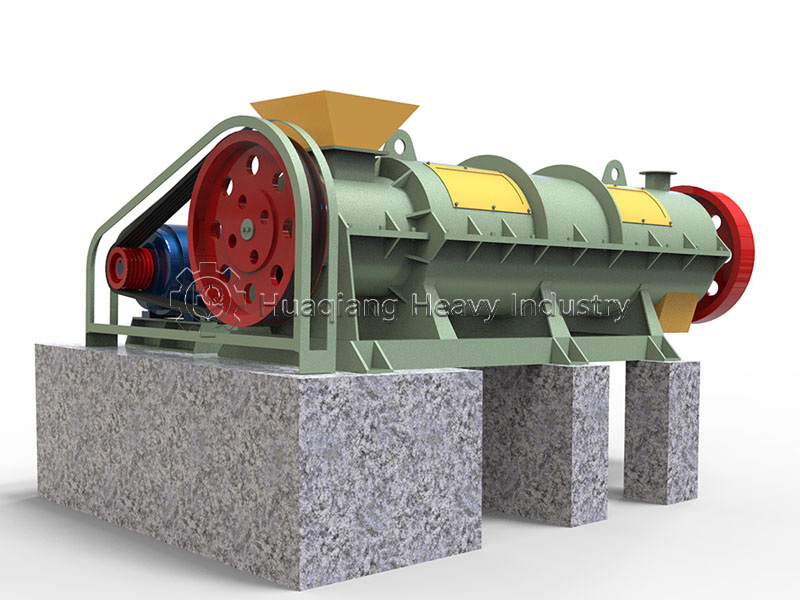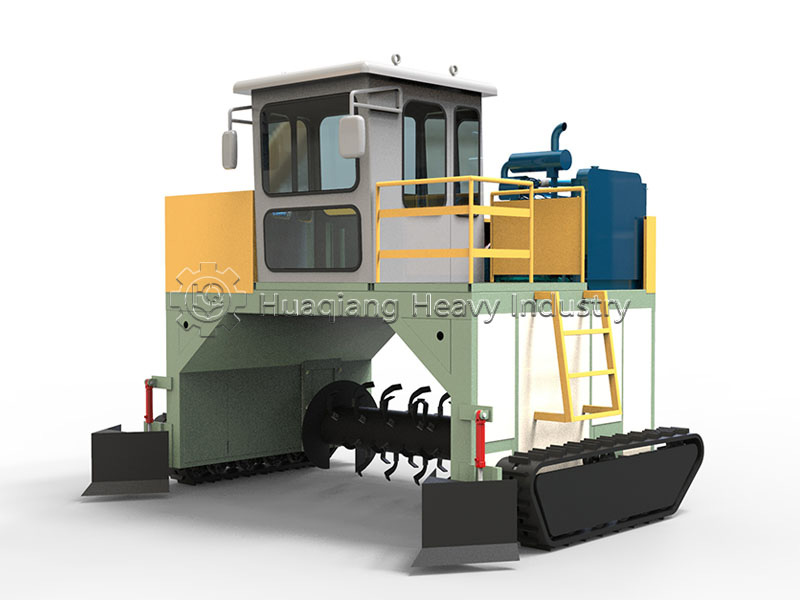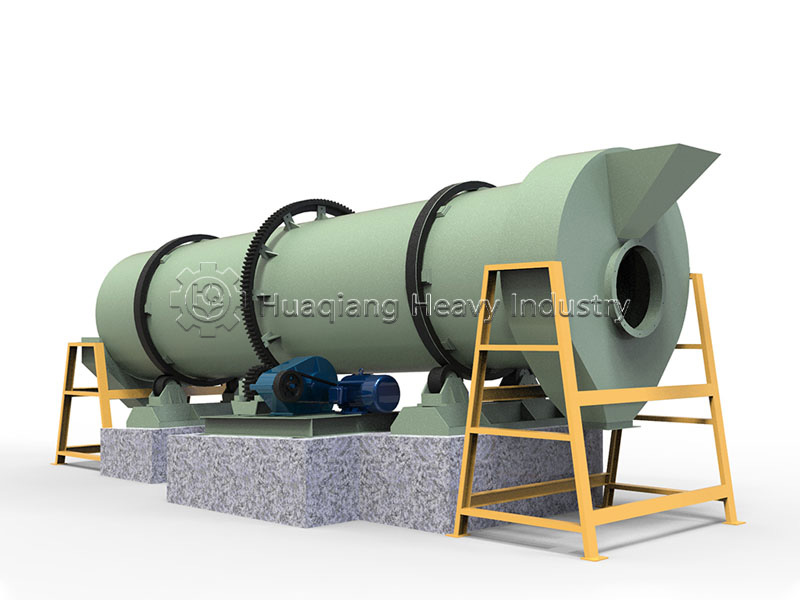Modern bio-organic fertilizer production relies on specialized equipment to construct a complete bio-organic fertilizer production line, efficiently transforming agricultural waste into functional fertilizer rich in active microbial communities.
The entire bio-organic fertilizer production line begins with the refined pretreatment of raw materials. Specialized bio-organic fertilizer equipment precisely separates impurities and adjusts the composition of raw materials such as livestock manure and straw, creating optimal conditions for subsequent microbial fermentation. Precise control of the carbon-nitrogen ratio and moisture content of the materials at this stage directly affects the subsequent fermentation efficiency and microbial activity.
In the core fermentation section, the windrow compost turning machine plays an irreplaceable role. This specialized equipment ensures sufficient oxygen supply to the fermenting materials through slow and uniform turning operations, while effectively regulating the compost temperature.

The addition of functional microbial agents is a critical step in bio-organic fertilizer production. Modern bio-organic fertilizer equipment can precisely inoculate selected functional strains into the fermented materials under specific temperature and humidity conditions. This step requires extremely high environmental control capabilities from the equipment, ensuring that the microbial agents maintain optimal activity during inoculation.
In the granulation and post-processing stages, the bio-organic fertilizer production line exhibits unique technological characteristics. The specialized granulation equipment employs a gentle molding process, ensuring granule strength while maximizing the protection of microbial activity. Subsequent low-temperature drying and fine screening systems work together to ensure the final product meets standard physical properties and microbial content requirements.





